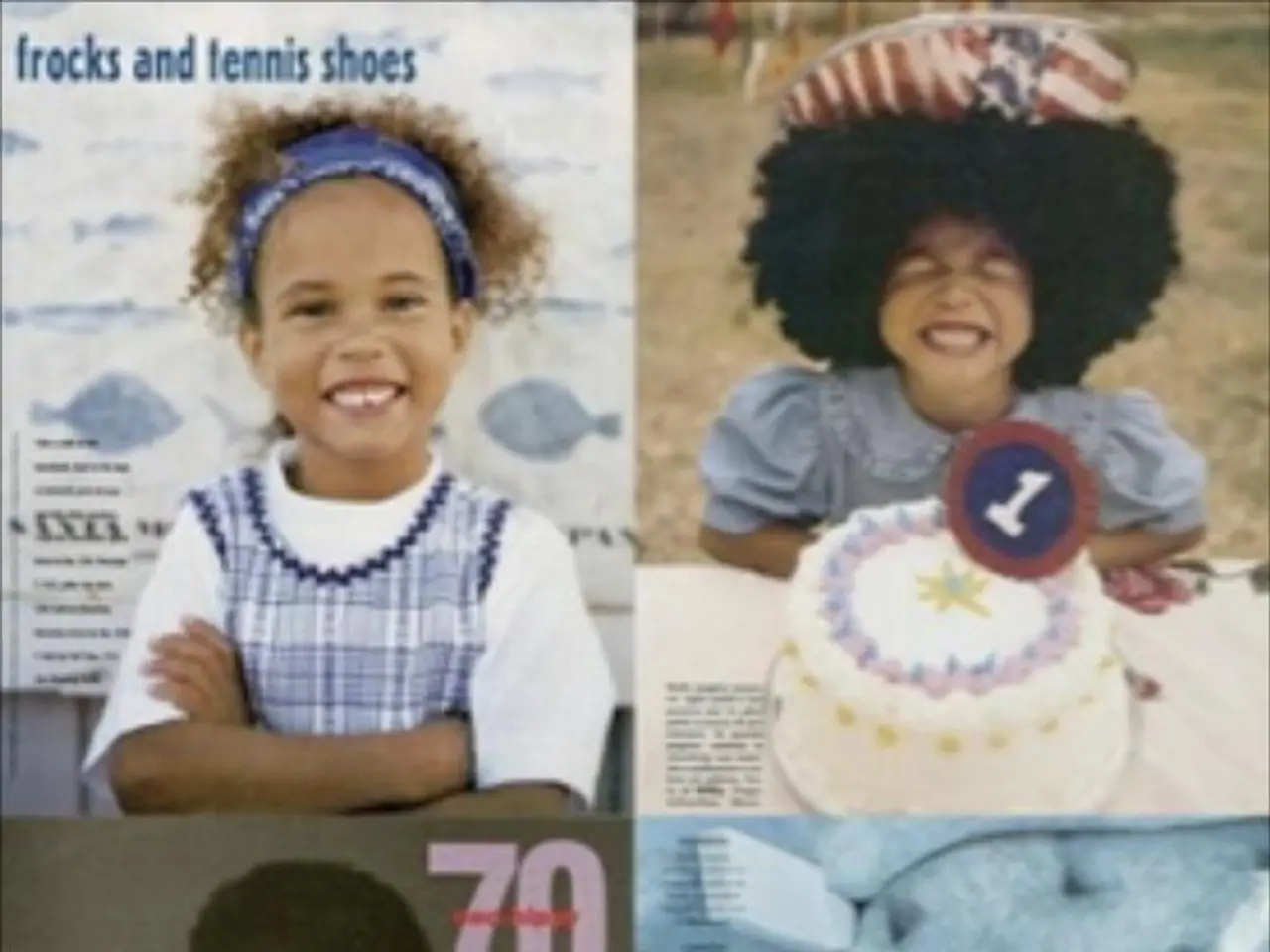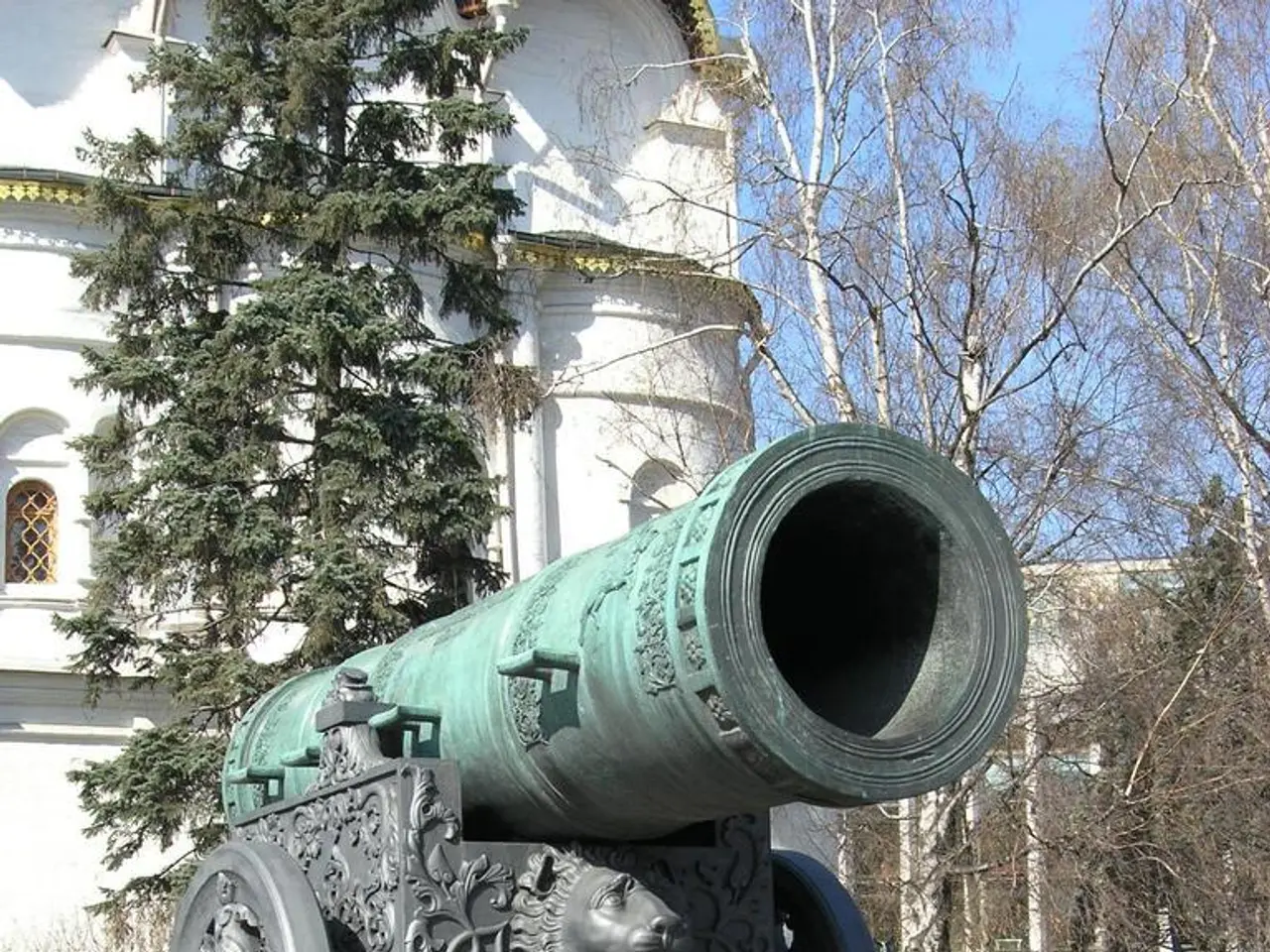Title Transformation: Exploring the Evolution of 'Uncle Tom' from Abolitionist Icon to Alleged Sellout
In the mid-19th century, Harriet Beecher Stowe's novel "Uncle Tom's Cabin" was a groundbreaking abolitionist work that awakened mostly white northern readers to the horrors of chattel slavery. The book's central character, Uncle Tom, was initially portrayed as a noble, self-sacrificing, and steadfastly Christian enslaved person who maintained his moral integrity even under brutal oppression [1][5].
However, over time, the character's image was distorted and misrepresented in popular culture and societal attitudes. This transformation began during the thousands of stage productions of "Uncle Tom's Cabin" that toured from the 1850s through the 1930s. Many of these stage productions were minstrel shows featuring white actors in blackface, and the character of Uncle Tom was portrayed as subservient and deferential [3].
The figure of Uncle Tom was further caricatured, with the character aged into a feeble, white-haired old man, and 19th-century white audiences did not want to see a strong Black man on stage unless he was demonized as a "brute" [6]. Consequently, the term "Uncle Tom" came to denote a Black person perceived as betraying their own race by being excessively subservient or complicit with white oppressors [2].
From the 1910s onward, the term "Uncle Tom" was used as an insult for Black men and women accused of betraying the race. Notable figures like Rev. George Alexander McGuire and Malcolm X, Stokely Carmichael, and Muhammad Ali used the term as an insult towards other Black individuals [4][7].
The term "Uncle Tom" took on a negative connotation in the Black community as early as the 1880s, and the character was banned from touring shows in Kentucky as late as 1906 [8][9]. The term is still used in discussions about race in America due to the ongoing struggle with slavery and racism.
It's important to note that the original portrayal of Uncle Tom was far from the modern-day insult. In both white and Black newspapers, the character of Uncle Tom was described as virtuous and dignified, not as a subservient old man or buffoon [10].
The distortion of Uncle Tom's image can be seen as a cultural distortion and oversimplification of a complex character originally meant to evoke sympathy and moral reflection on the cruelty of slavery, turning him into a pejorative label for perceived racial betrayal [1][2][3]. This unfortunate transformation has left a lasting impact on the way Black individuals are perceived and treated in American society.
References: 1. Harriet Beecher Stowe - Biography 2. Uncle Tom's Cabin and the Transformation of Uncle Tom 3. Uncle Tom's Cabin and the Politics of Slavery 4. Malcolm X on Uncle Toms 5. The Character of Uncle Tom in Uncle Tom's Cabin 6. The Aging of Uncle Tom 7. The Uncle Tom Syndrome 8. The Banning of Uncle Tom's Cabin in Kentucky 9. The Uncle Tom Syndrome: The Black Man's Burden 10. The Character of Uncle Tom in Uncle Tom's Cabin
Books like Harriet Beecher Stowe's "Uncle Tom's Cabin" have long been sources of entertainment and discussion on topics of social justice, such as slavery. However, the character of Uncle Tom, initially portrayed as a noble and virtuous figure in the book, has been distorted over time, transforming into a pejorative label for Black individuals perceived as excessively subservient or complicit with white oppressors.








